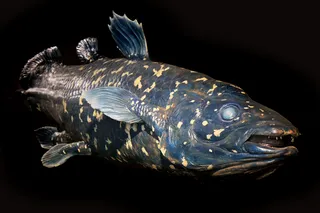The rats scuttling around the tracks of the New York City subway pale in comparison to a gargantuan species recently discovered in East Indonesia. In fact, the recently discovered rat tipped the scales at a somewhat frightening 13 pounds. That's sizably heftier than today's house rat (which averages 5 ounces) and burliest wild rats (which weigh about four-and-a-half pounds). This mega-rat lived in Timor until it went extinct between 1,000 and 2,000 years ago. It was one of 11 new species discovered at the excavation site--eight of which weighed more than two pounds, and only one of which survives today. But the now-extinct rats didn't die off until well after humans first arrived, according to LiveScience:
"People have lived on the island of Timor for over 40,000 years and hunted and ate rats throughout this period, yet extinctions did not occur until quite recently," said study researcher Ken Aplin... adding ...














